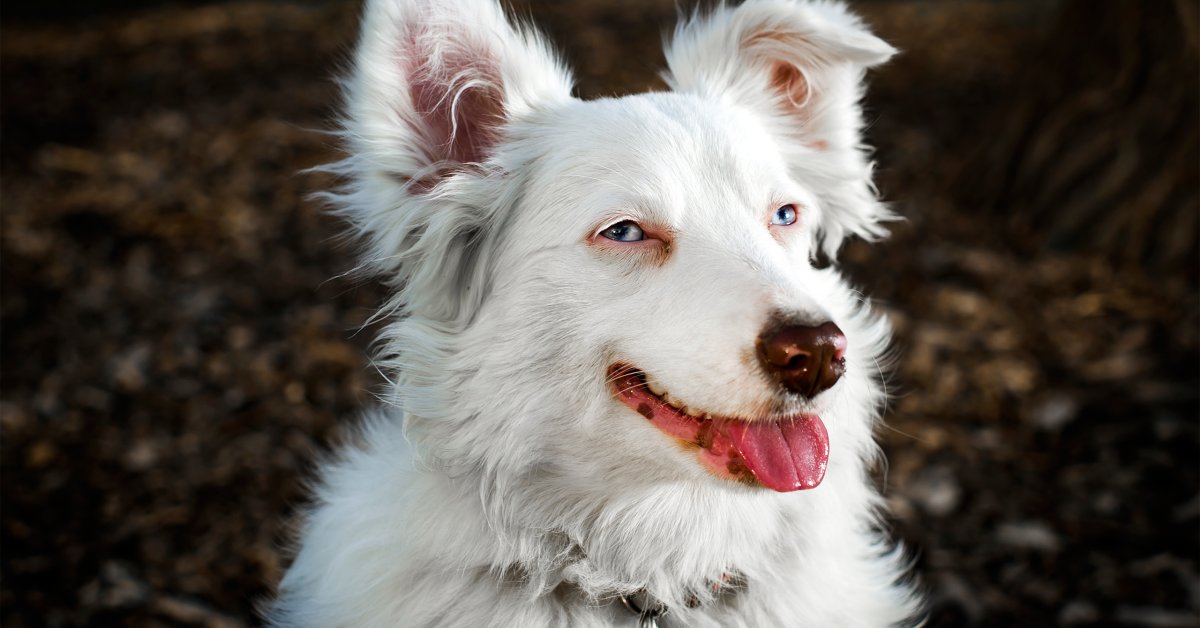The Greatest Guide To This Dogs Life - Latest News for Dogs


The Most Dog-Friendly National Parks in the U.S- Outside Online

Why Grumpy Dogs Outperform Friendly Ones on Some Learning Tests - The New York Times
An Unbiased View of Pet Travel - Bringing Pet Dogs into the United States - USDA
Typical Name: Domestic dogs, Scientific Call: Canis familiaris, Type: Mammals, Diet Plan: Omnivore, Group Name: Load, Typical Life Period In The Wild: 12 years, Size: Five to 35 inches at the shoulder, Weight: 3 to 250 pounds, Size relative to a 6-ft male: IUCN Red List Status: Not assessed Least Concern Extinct Current Population Trend: Unknown, What is a domestic canine? The term "domestic canine" refers to any of a number of hundred breeds of canine worldwide today.
This separates domestic pet dogs from wild dogs, such as coyotes, foxes, and wolves. Check it Out are primarily kept as animals, however lots of types are capable of enduring on their own, whether it's in a forest or on city streets. A third of all homes worldwide have a canine, according to a 2016 customer insights research study.

Dog, facts and photos
Evolutionary origins, All canines descend from a species of wolf, however not the gray wolf (), like many individuals presume. In truth, DNA evidence suggests that the now-extinct wolf forefather to contemporary pets was Eurasian. Nevertheless, scientists are still working to understand exactly what types triggered canines. When dogs broke off from their wild ancestors is likewise a matter of secret, however genetics suggest that it happened in between 15,000 and 30,000 years back.
Possibly wolves started down this path simply by consuming human scraps. Numerous generations later, people may have encouraged wolves to remain near by actively feeding them. Later still, those wolves might have been welcomed into the human house and ultimately bred to encourage certain characteristics. All of this is believed to have unfolded over thousands of years.
A Biased View of Dogs - Adoption - Seattle Humane

For example, around 9,500 years back, ancient peoples started breeding pets that were best able to survive and work in the cold. These dogs would end up being the household of sled dogsincluding breeds such as huskies and malamutesthat remains fairly unchanged today. Likewise, human beings reproduced German shepherds for their ability to herd livestock, Labrador retrievers to assist collect ducks and other game dropped by hunters, and sausage-shaped Dachshunds for their ability to rush down a burrow after a badger.
